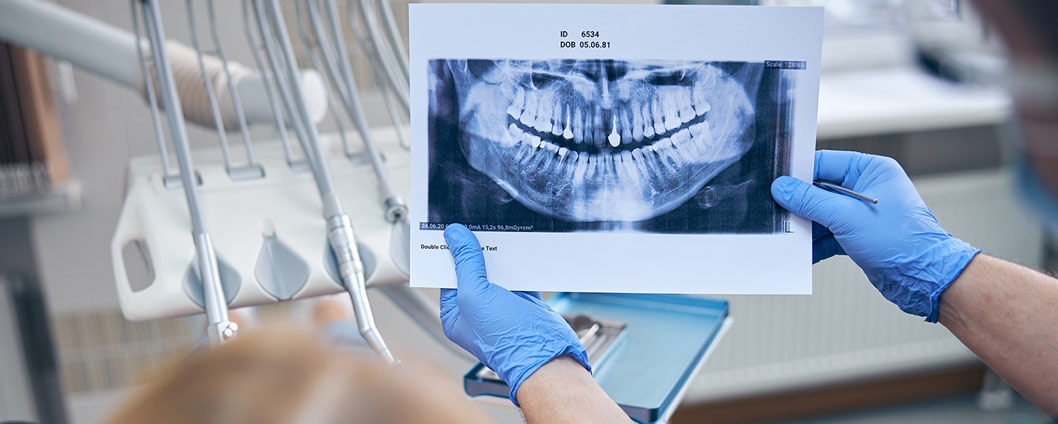Decoding Dental X-rays: A Patient-Friendly Guide
Dental X-rays, also known as radiographs, are a vital tool in modern dentistry. They allow your dentist to see what’s happening beneath the surface of your teeth and gums, revealing issues that aren’t visible during a regular examination. While the thought of X-rays might seem intimidating to some, understanding what they are, why they’re necessary, and what they reveal can ease any anxieties and empower you to take control of your oral health.
What are Dental X-rays?
Dental X-rays use low levels of radiation to create images of your teeth, bones, and surrounding tissues. Think of it like a photograph, but instead of visible light, it uses X-rays that can penetrate soft tissues and reveal denser structures like teeth and bone. The amount of radiation used in dental X-rays is considered safe and minimal.
Why are Dental X-rays Necessary?
Dental X-rays are crucial for:
- Early Cavity Detection: X-rays can detect cavities in their early stages, even before they are visible to the naked eye. Early detection means less invasive and more affordable treatment.
- Diagnosing Gum Disease: X-rays can reveal bone loss, a key indicator of gum disease. This allows for timely intervention and prevents further damage.
- Evaluating Tooth Development: In children and adolescents, X-rays help monitor tooth eruption and identify any developmental abnormalities.
- Identifying Infections: X-rays can reveal dental abscesses or other infections that may be present.
- Planning Treatment: X-rays are essential for planning various dental procedures, such as fillings, extractions, implants, and orthodontics.
- Detecting Oral Cancer: While not the primary tool for oral cancer screening, X-rays can sometimes reveal abnormalities that warrant further investigation.
- Assessing Bone Health: In some cases, X-rays can provide clues about bone health, which can be relevant for conditions like osteoporosis.
Different Types of Dental X-rays:
There are several types of dental X-rays, each serving a specific purpose:
- Bitewing X-rays: These are the most common type and are used to detect cavities between teeth and assess bone levels.
- Periapical X-rays: These show the entire tooth, from the crown to the root, and are useful for diagnosing abscesses or other issues affecting individual teeth.
- Panoramic X-rays: These provide a wide view of the entire mouth, including all teeth, the jawbone, and sinuses. They are often used for orthodontic evaluations or to assess impacted teeth.
- Cephalometric X-rays: These show the entire head and are commonly used in orthodontics to assess jaw growth and tooth alignment.
What Do Dental X-rays Reveal?
Dental X-rays can reveal a wealth of information about your oral health, including:
- Cavities: Dark spots on the X-ray indicate areas of tooth decay.
- Bone Loss: Reduced bone density around the teeth suggests gum disease.
- Impacted Teeth: X-rays can show if teeth are impacted (unable to erupt properly).
- Dental Abscesses: Infections around the tooth root appear as dark areas on the X-ray.
- Fractures: X-rays can reveal fractures in teeth or bones.
- Tumors: Abnormal growths or masses may be visible on X-rays.
Are Dental X-rays Safe?
Dental X-rays use very low levels of radiation, and the risk is considered minimal. However, it’s important to inform your dentist if you are pregnant or think you might be pregnant, as X-rays may be postponed or modified. Your dentist will always weigh the benefits of X-rays against any potential risks.
How Often Do I Need Dental X-rays?
The frequency of dental X-rays varies depending on your individual needs and risk factors. Your dentist will recommend the appropriate schedule for you based on your oral health history and current condition.
Dental X-rays are an invaluable tool for maintaining good oral health. They allow for early detection of dental problems, leading to less invasive and more effective treatment. By understanding the importance of dental X-rays and working closely with your dentist, you can ensure a healthy and beautiful smile for years to come. If you have any questions or concerns about dental X-rays, don’t hesitate to ask your dental hygienist or dentist. They are your partners in maintaining optimal oral health.



